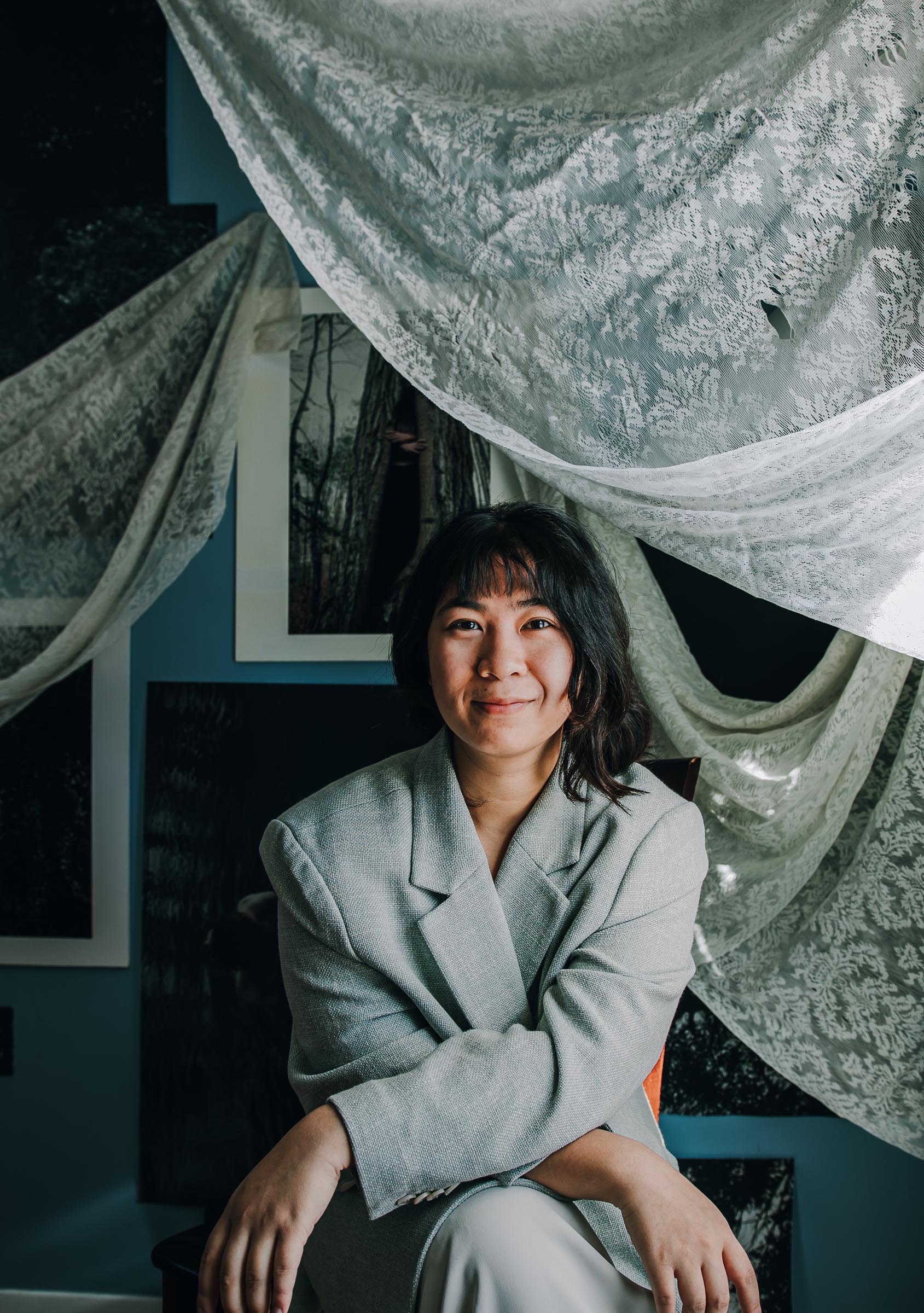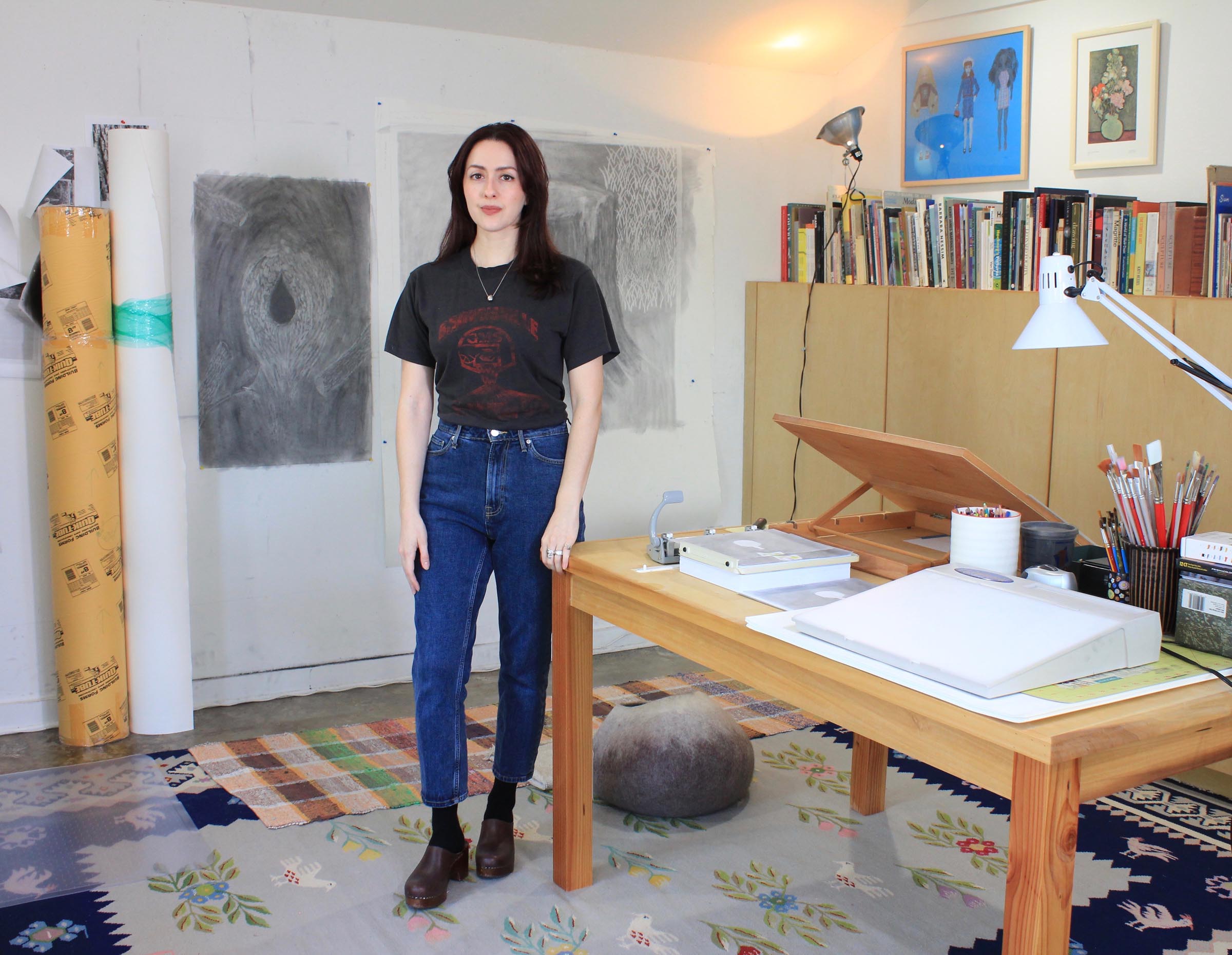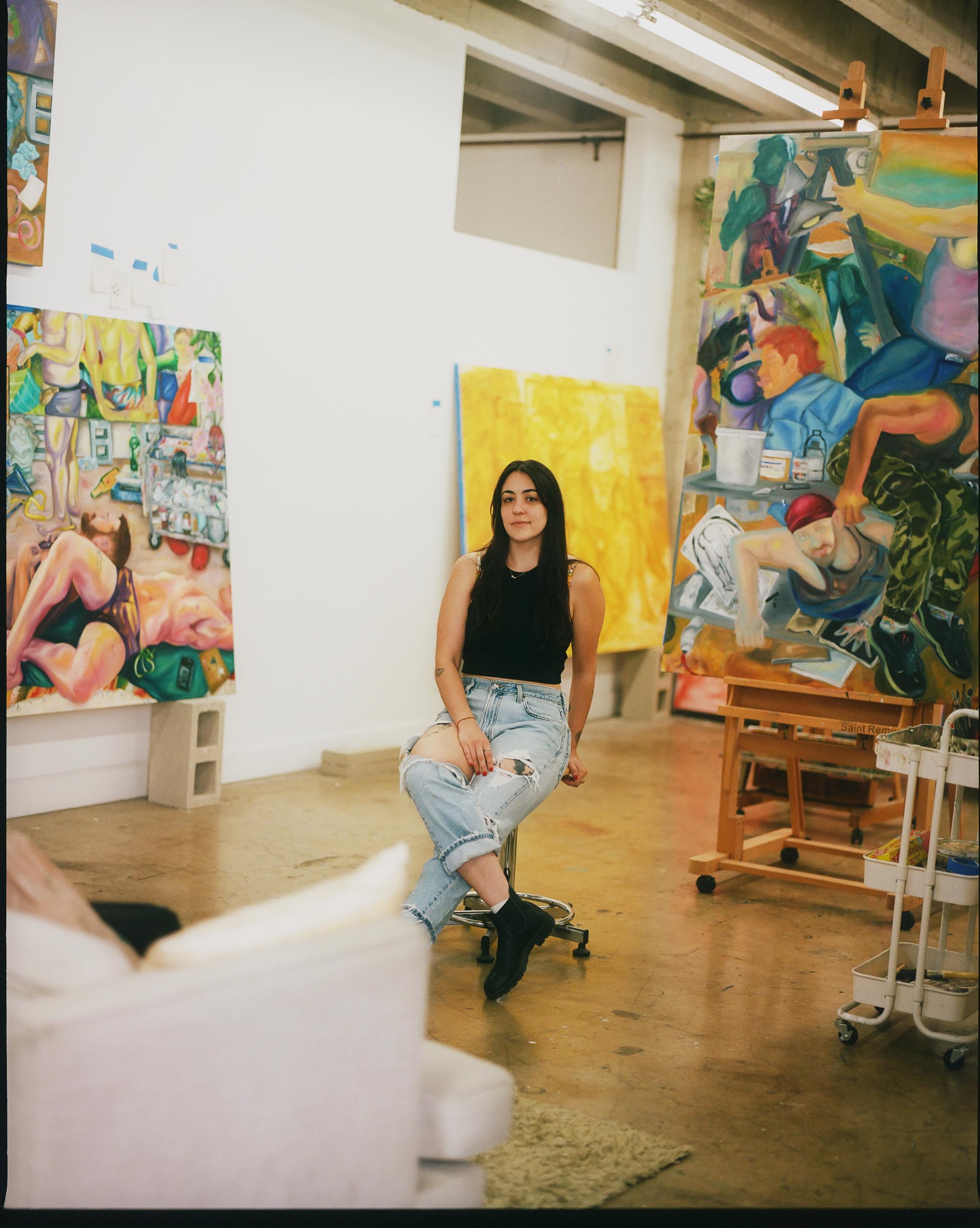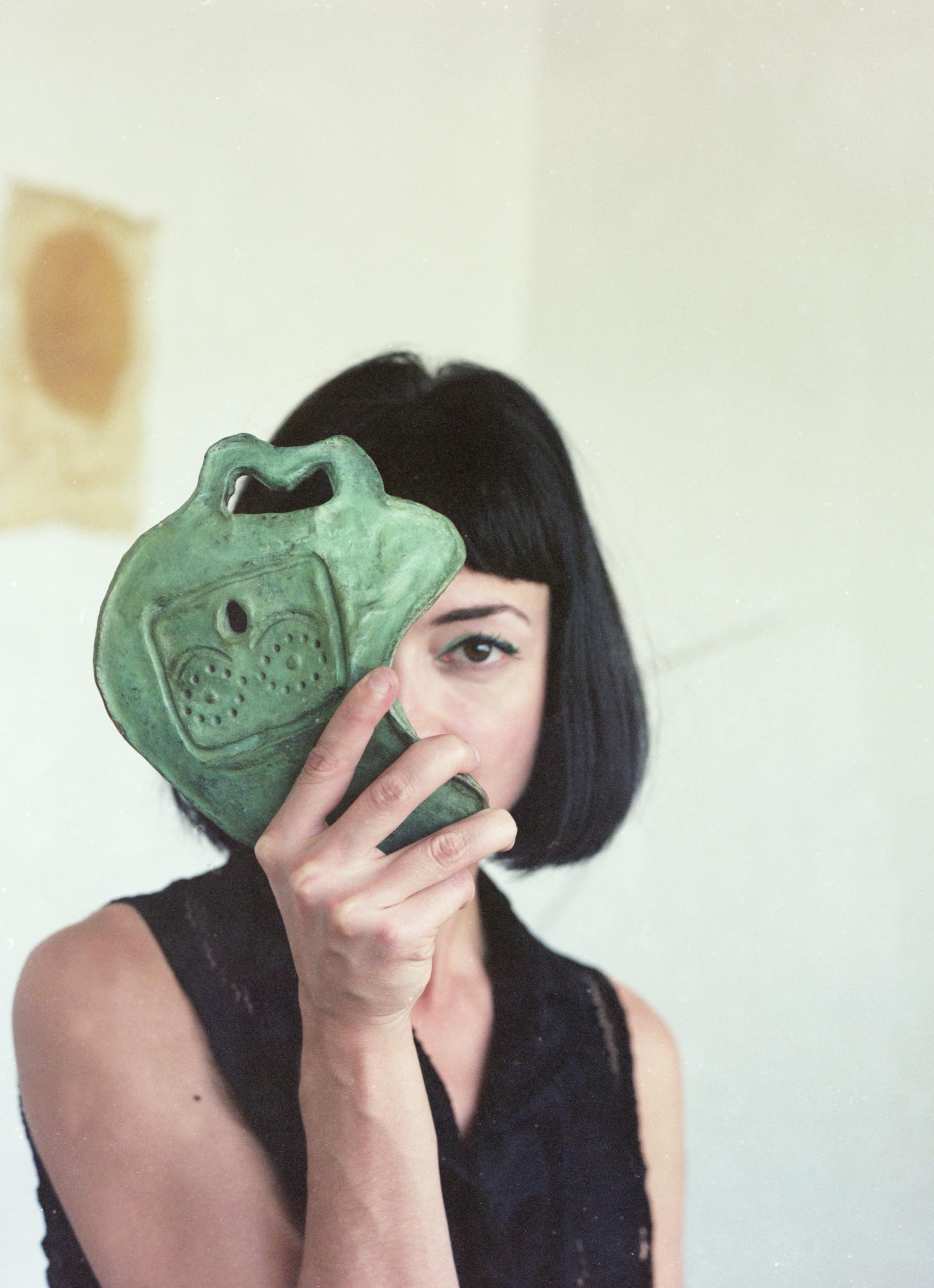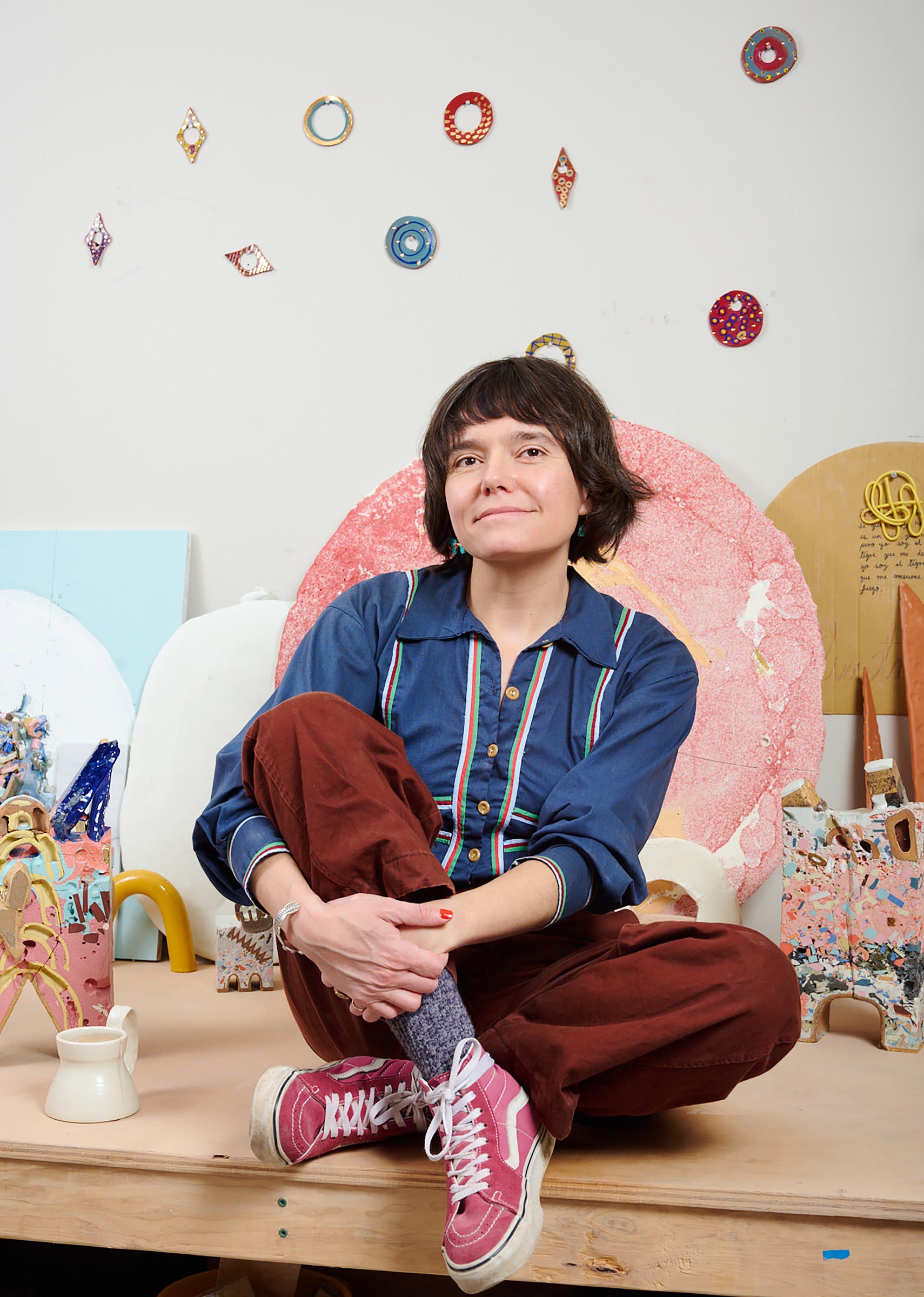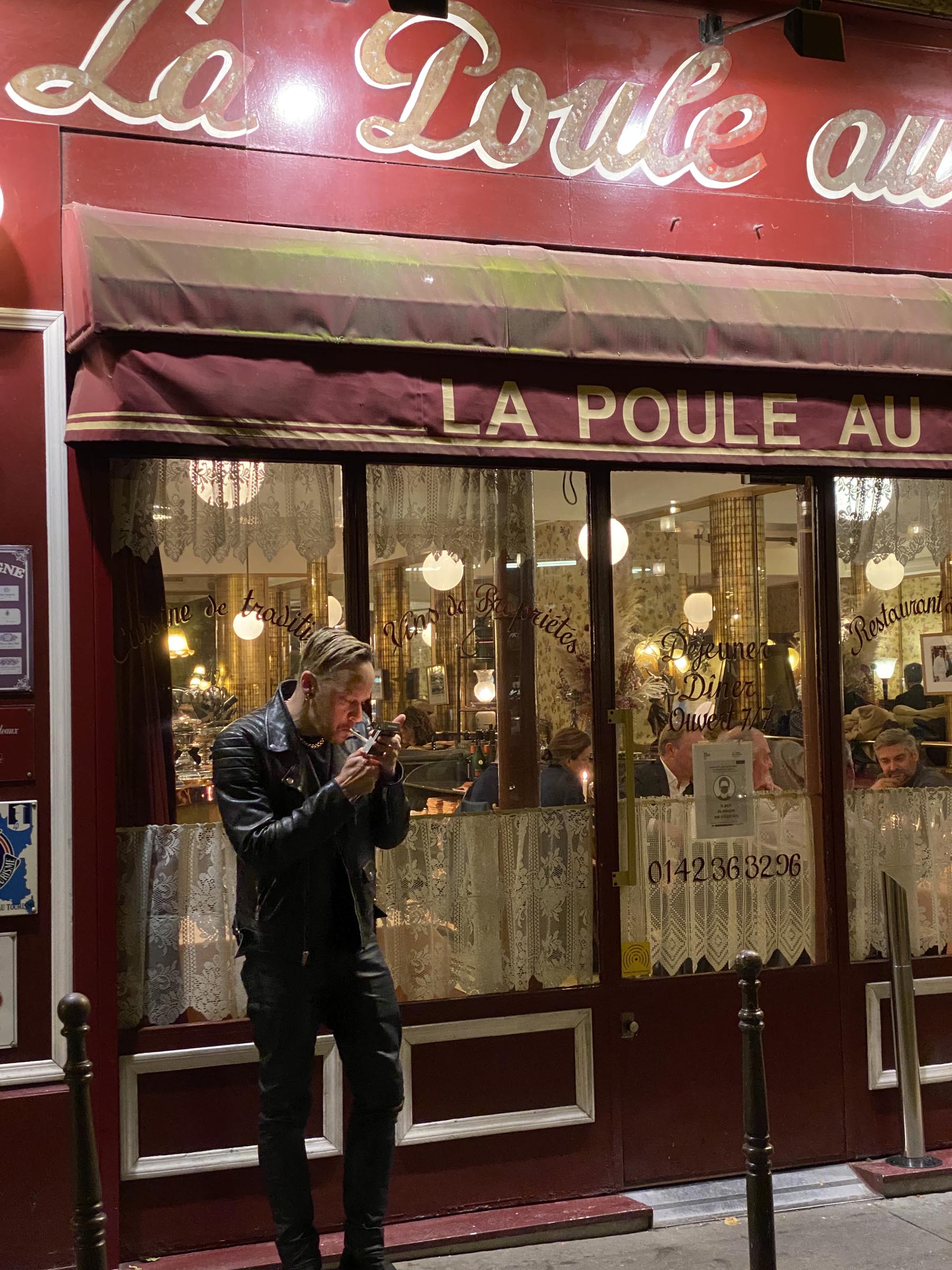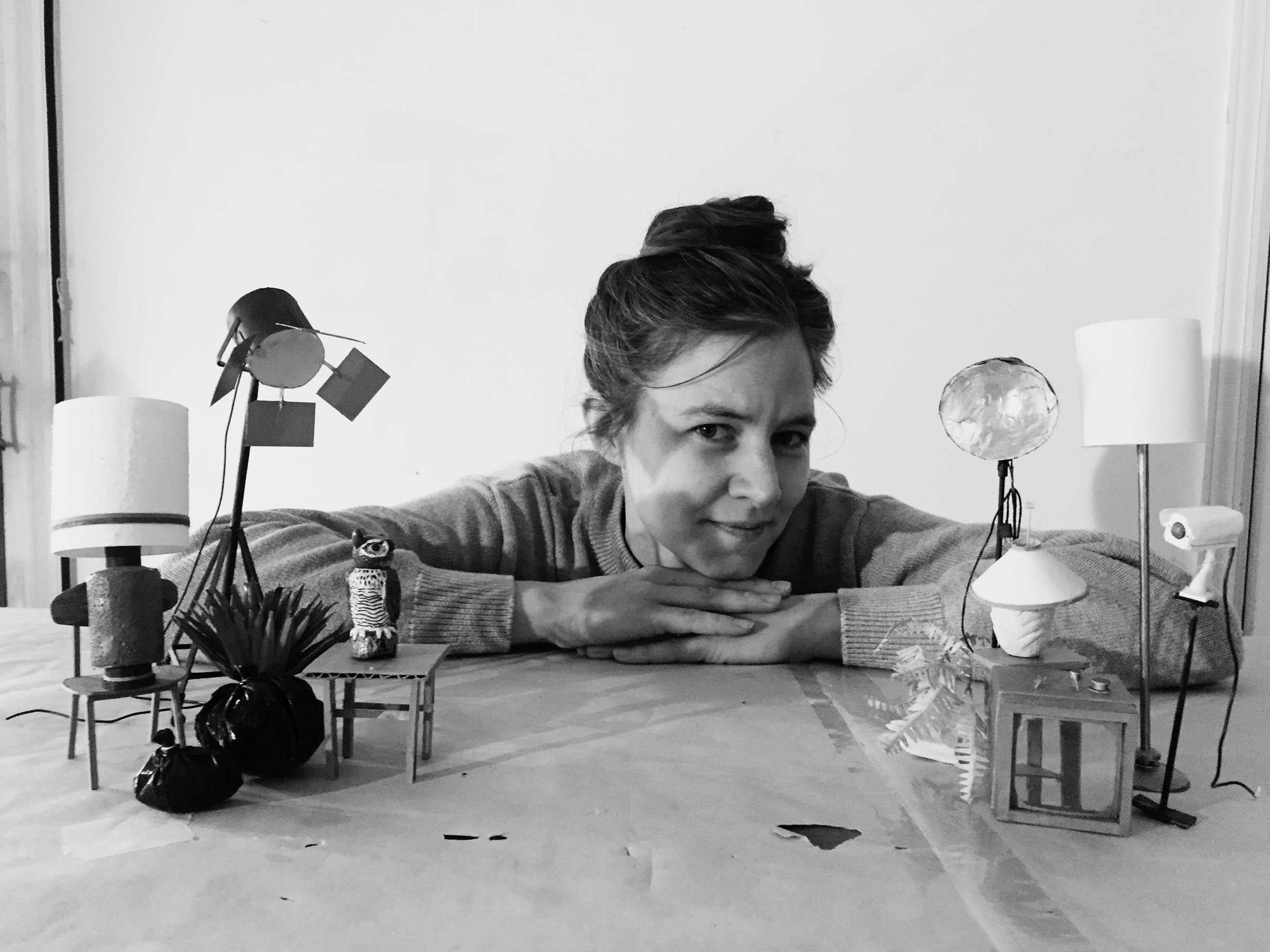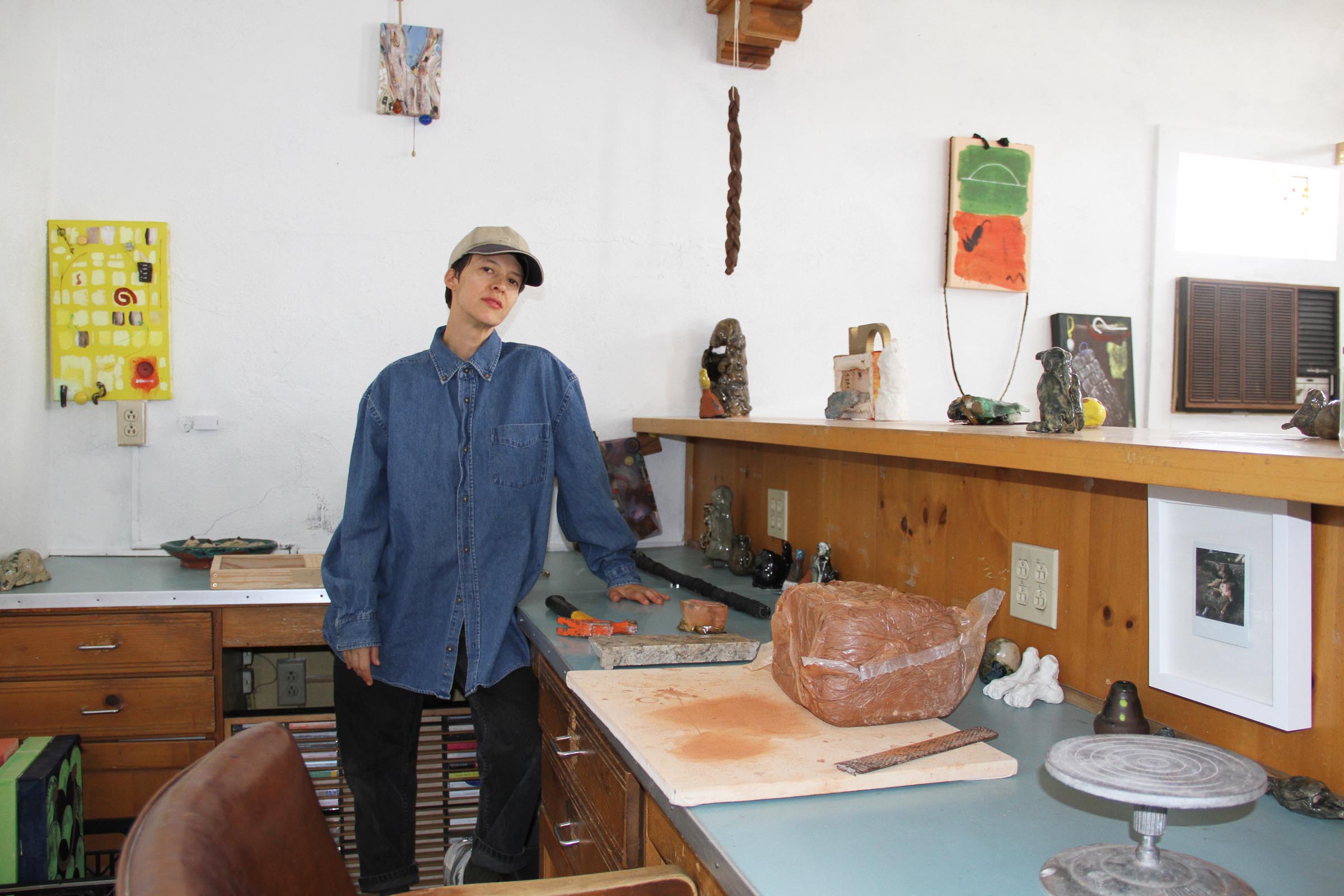
To start, tell us about yourself. What’s your background & how did you get into making art?
I was born in Brampton, Canada, and when I was six I moved to San Diego, California. My parents are both Chinese immigrants who lived through Mao and the Cultural Revolution. I think that’s where their very tenuous relationship to ownership and wealth comes from. While growing up, I found myself thinking about their experiences more and more. And more specifically, the contrast between my life and theirs. I moved to Chicago to study at the University of Chicago. I double-majored in Economics and Visual Art. My time in the Department of Visual Arts there was incredibly enriching and challenging, but I always felt like I was teetering between doing poorly on econ midterms and being able to fully focus on my studio practice. I had to keep one foot in my work and another foot outside of it. But then as a senior, I worked at the Renaissance Society and in Laura Letinsky’s studio. Those experiences showed me that being an artist and supporting other artists was definitely what I wanted to do.
My job history is quite funny because of my double major and pressure from my parents. Right out of school I worked as an investment banker and, even though it was chill being a hyper-wealthy 21-year-old, I quit after seven months on the job and the deep spell of depression and anxiety it threw me into. In the month after I quit, I made work for the first time since graduating—a few still life paintings. I felt amazing! I’ve been working in the art world and keeping a studio practice ever since then—and am also no longer hyper-wealthy.

Moon Represents My Heart 10, 2018, oil on canvas, 30 x 24 in

Moon Represents My Heart 03, 2018, oil on canvas, 30 x 24 in
What are you currently working on? Describe your most recent body of work.
I’m very interested by objectness and my family’s cultural/familial relationship to wealth and ownership. I’ve been painting things from my grandfather’s Beijing apartment for the past year. The work is starting to fold in on itself and grow less direct, which feels good. I have been thinking about Heidegger (even though he’s a Nazi) and his definitions of thingness in his essay The Origin of the Work of Art. At Vermont Studio Center I had decided to investigate the objectness of my paintings, this time more physically—I made a series of shaped wood panels based on the shapes that have been stuck in my head. The tactility, that urge to touch something, felt like a new territory from the standard rectilinear form I’ve always worked within. And I’ve also been thinking about secretly coding words and punctuations into paintings—sneaking in these empty signifiers that sit level with, or maybe even a little below, lyrical abstract shapes.

Moon Represents My Heart 11, 2018, oil on canvas, 30 x 24 in

Moon Represents My Heart 02, 2018, oil and graphite on wood panel, 24 x 18 in
Where do you find inspiration when starting a new body of work?
I’ve recently returned to working with collage. It feels like a therapeutic exercise for my brain. I find a lot of shapes from cutting things out of magazines—mostly interior design and food magazines. When I feel stuck I’ll usually start cutting things out until I have a big mass of these almost-falling-apart shapes—beautifully curated and styled objects of desire—to pick from. Some get stuck in my head, and they become abstract through their removal from their respective source contexts.

Journal 01, 2018, oil on wood panel, 24 x 18 in
Do you work in distinct projects or do you take a broader approach to your practice?
I’ve been through some distinct projects, different bodies of work that look certain ways because of the materials I’m using. When I paint with acrylics or on wood panel, the works don’t look or feel anything like my oil paintings on canvas. Since being at Vermont Studio Center, I’ve started working on some new stuff – watercolor on paper, drawings in charcoal and graphite, and funky-shaped wood panel oil paintings. And now that I have the time to spend all day working across all these different formats at once, I feel like my practice is getting less project-specific. All of it has come from the same starting point of painting things in my grandpa’s apartment. They’re just starting to disappear from their named forms a little bit. The work’s feeling more and more like creating movie sets or scripts or some strange “place” where atmosphere and objects are on equal terms.

Moon Represents My Heart 05, 2018, oil on canvas, 30 x 24 in
Describe a day in your studio. What is your schedule like, how do you divide your time?
I don’t really work for too long at once. I need a lot of space to reflect on the work, since it feels like it’s autonomous and I have to chase behind it. I need quite a bit of time to look, remember what it looks like, and think before making any new moves. I split my time between painting, reading, writing, collaging, and drawing. And during my two weeks at Vermont Studio Center, I spent quite a bit of my time in the wood shop working on making shaped wooden panels for painting supports.

Studio view

Studio view

Workin in progress

Workin in progress
Given our current cultural climate, the importance of artists is undeniable, we need them now more than ever. Do you find the social responsibility intimidating at all or does this help fuel your work?
The current political and cultural climate is a big push for me when I’m making work. My cultural and gender identity have been so heavily politicized—I am glad I can provide a non-exoticized, non-othered view of the questions and memories I have about being an immigrant and queer woman of color. I look most often, I would say, to the works of women painters of color—Jennifer Packer, Candida Alvarez, Brook Hsu, Xinyi Cheng, to name a few.
The tactility, that urge to touch something, felt like a new territory from the standard rectilinear form I’ve always worked within
Angela Ziqi Zhang
What are some of the challenges you have experienced in your practice?
It is really hard for me to believe in myself, especially as someone who only started making work in school. It feels like everyone has imposter syndrome through. Recently I’ve just been trying to keep going, trust my gut, push myself. Because sometimes I look back on my work and get it, and that feels really rewarding!

Moon Represents My Heart 06, 2018, oil on canvas, 24 x 30 in
What is one art related book and non-art related book that you recommend other artists read?
I most recently read A Bestiary by Lily Hoang, which is heart-wrenching and so wonderfully written. I’m reading Looking at the Overlooked, a great set of essays on the history and implications of still life painting, by Norman Bryson. And I’m also plodding along through Ninth Street Women by Mary Gabriel, which is so fun it almost feels like watching reality TV.
Where do you go to discover new artists?
I’m lucky to live in New York where I can see so many different gallery and museum exhibitions. I use the internet a lot to keep up with what shows are going on and finding artists I like from there. It’s great to meet artists through friends as well—the work of people who are early-career or young like me interests me the most.

Moon Represents My Heart 05, 2018, oil on canvas, 30 x 24 in
How did you get your first exhibition?
I haven’t been in many exhibitions, but the first one I was ever in – I organized! My best friend Cathryn Jijón, who’s in Ecuador researching the contemporary art landscape there, and I co-curated and put on an exhibition of a few of our friends’ work in my then-empty apartment. We were thinking about the parallels between domestic and psychological interiority, a theme that is constant in my own practice.
What methods do you find most productive in promoting your work?
Making friends 🙂
What advice would you give to your younger self? How about to other artists? Are there lessons you have learned through your commitment to your practice which you think might be of value to others?
Actually, I think she did okay!
Angela Ziqi Zhang is an artist based in Ridgewood, New York. She was recently shortlisted for The Hopper Prize. To learn more about the artist:
























